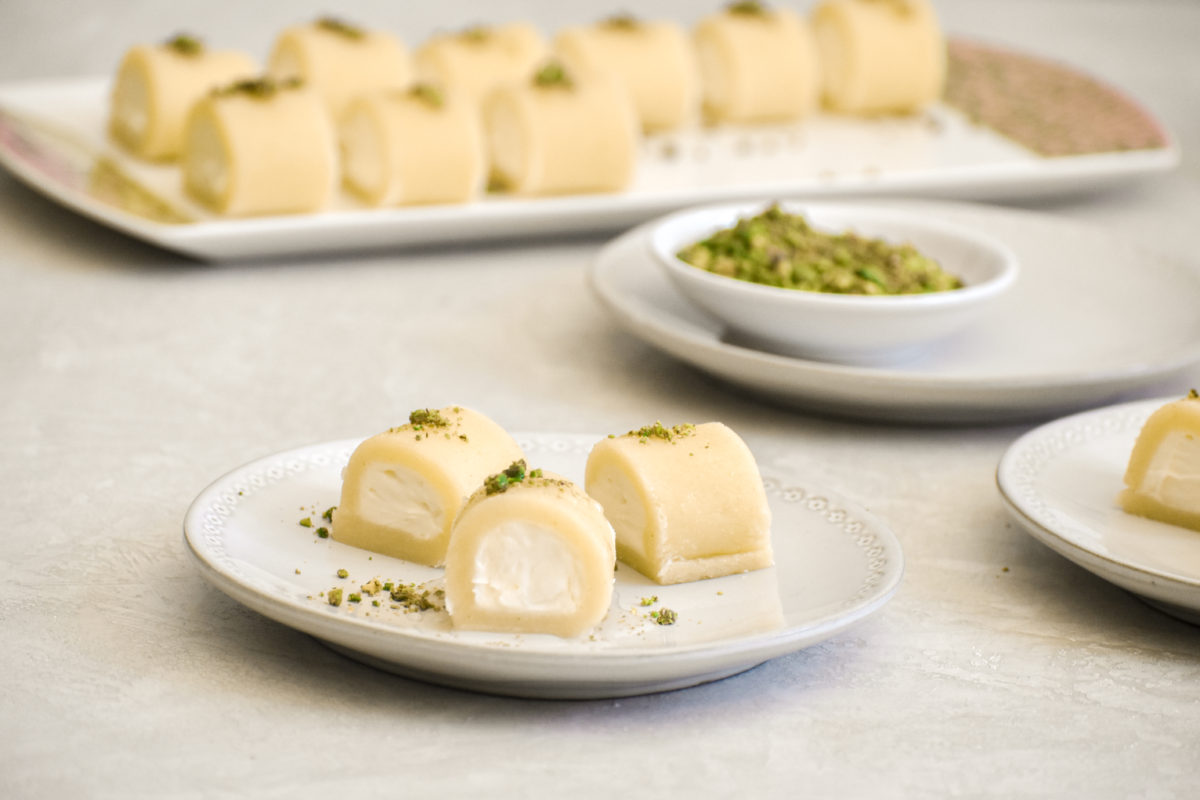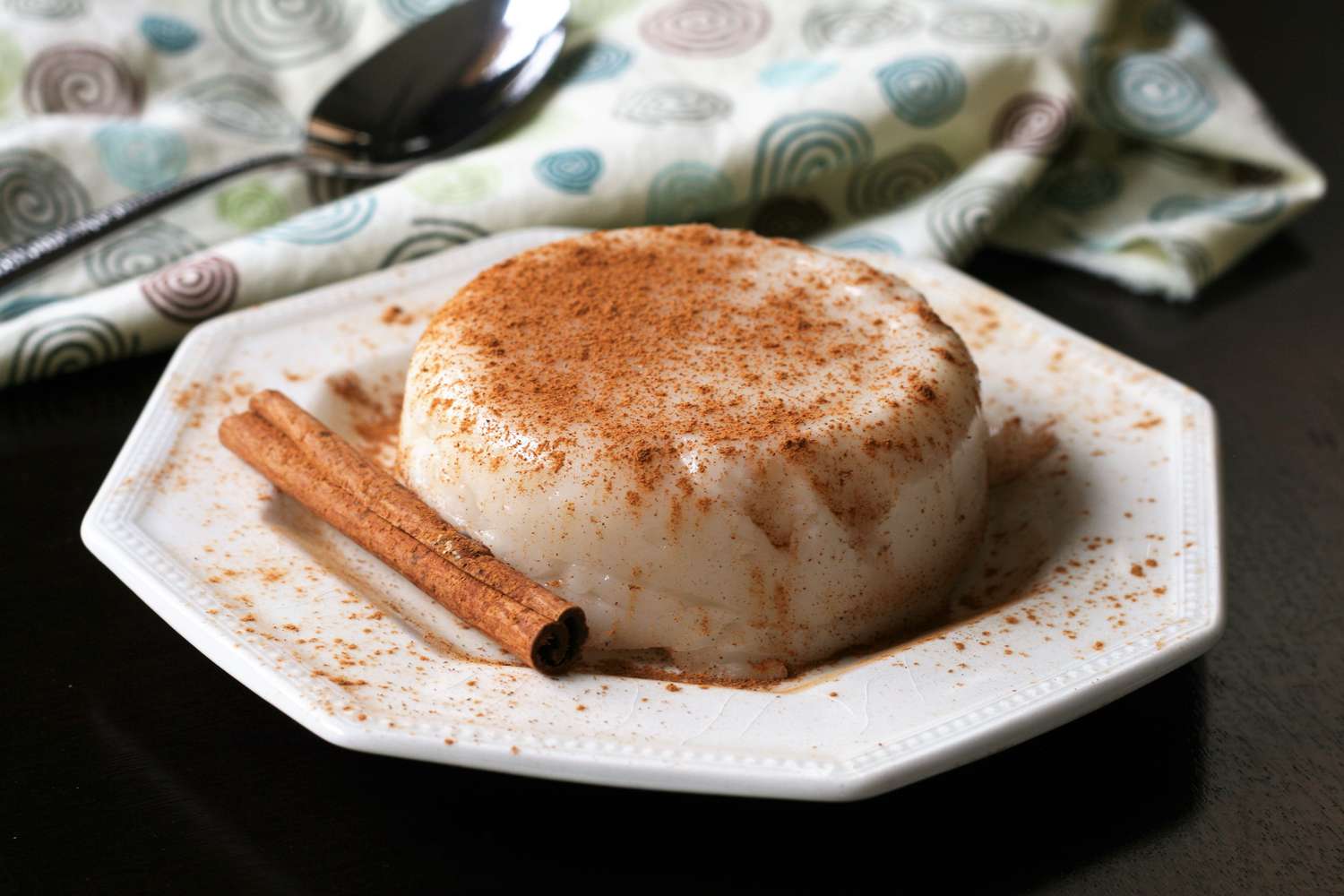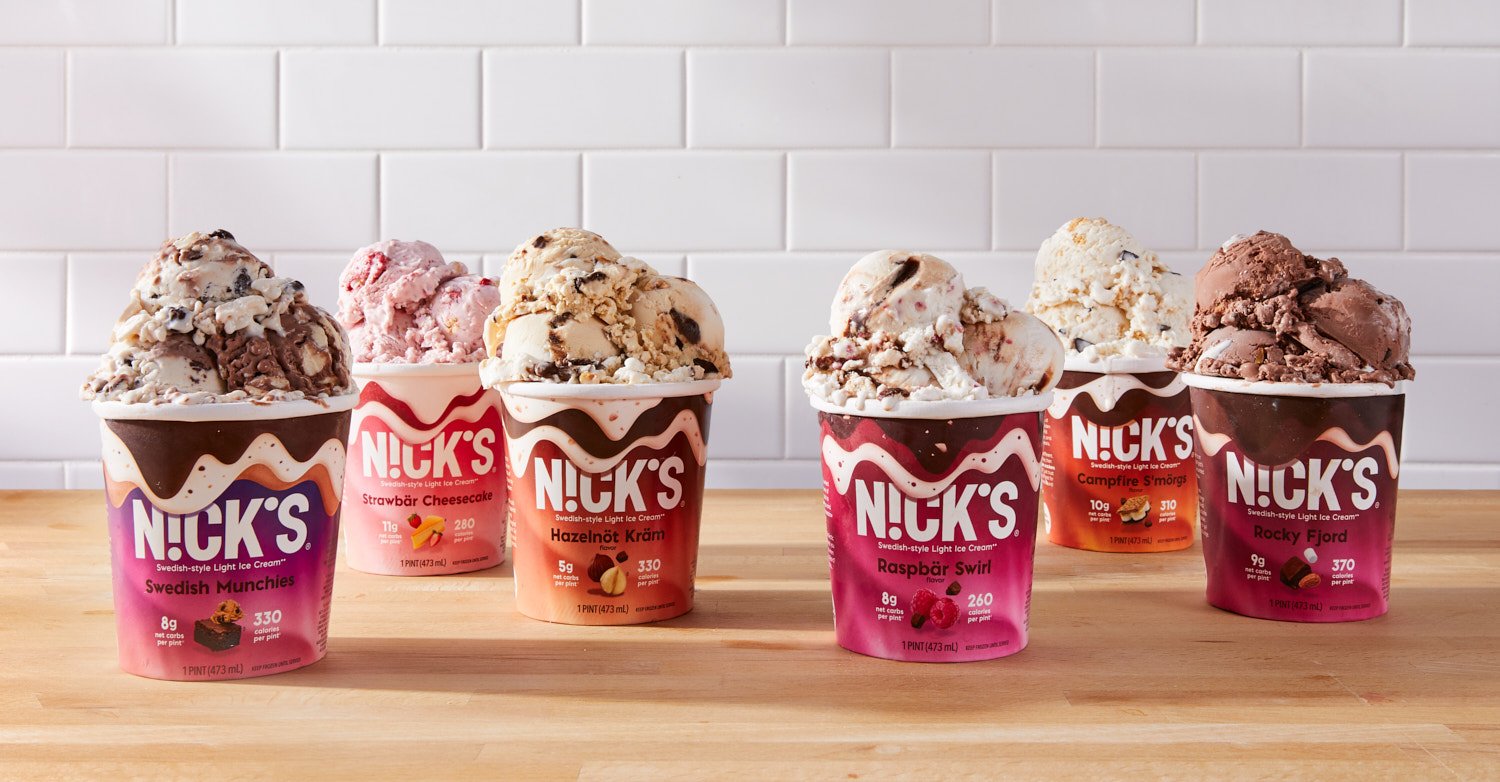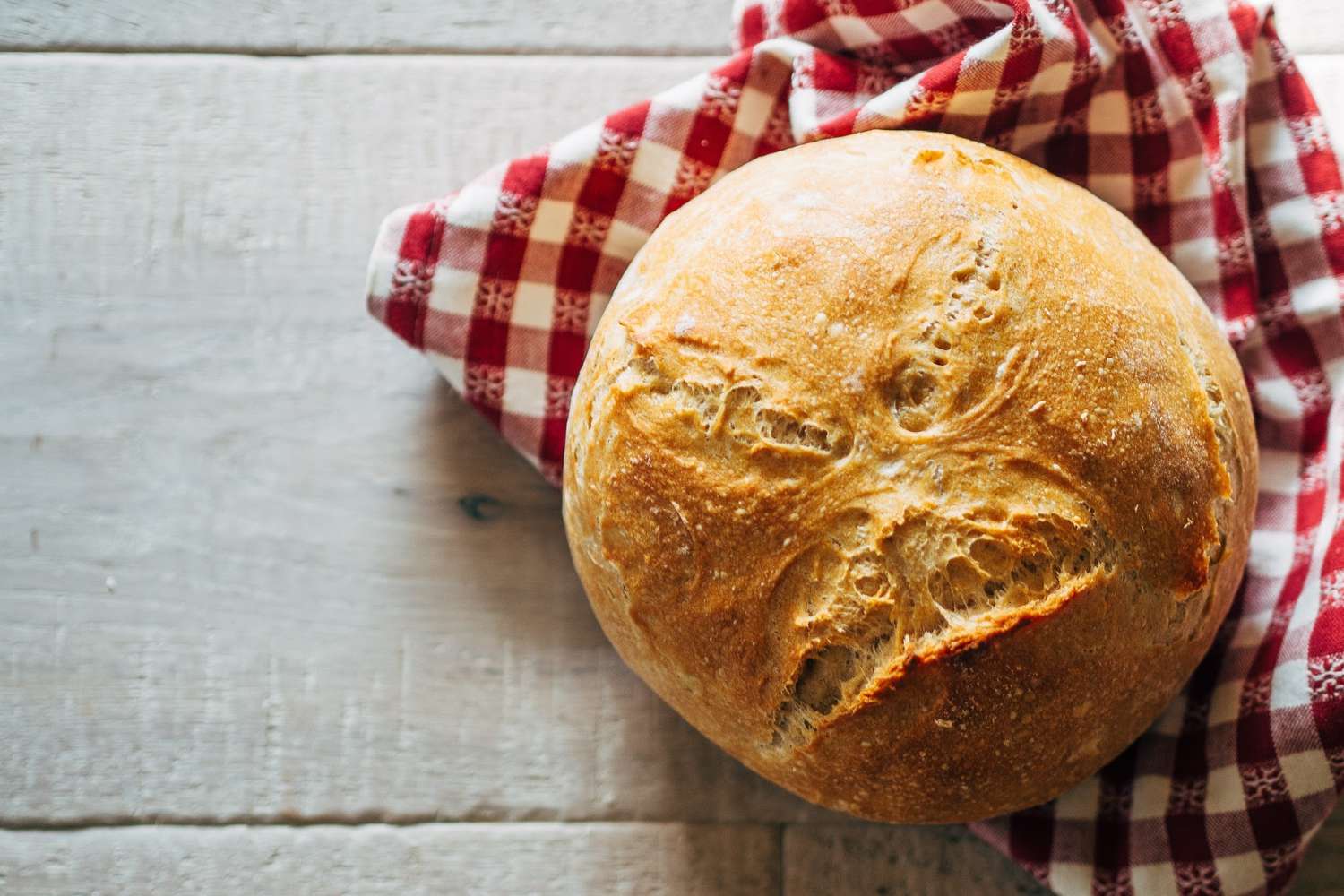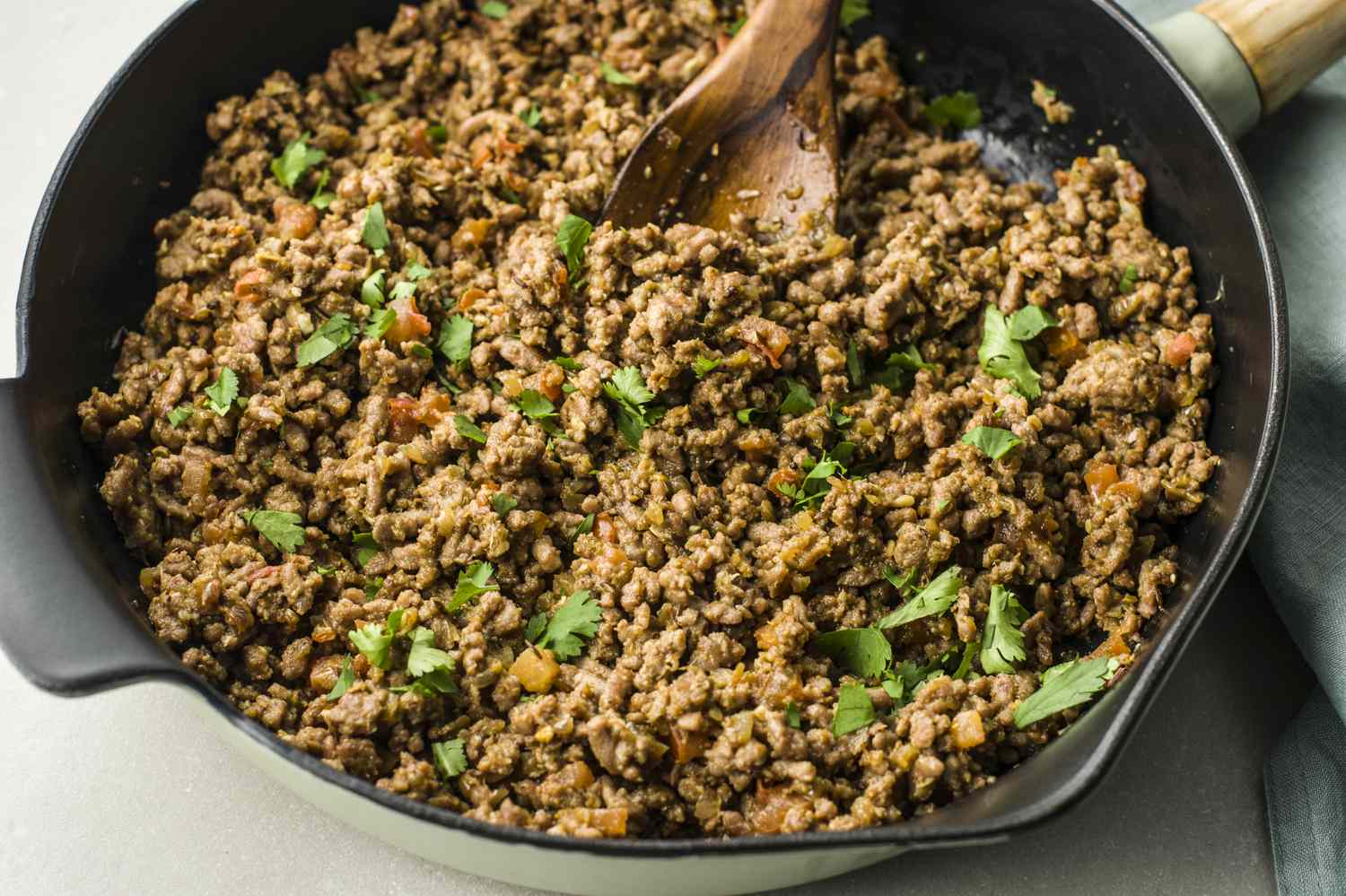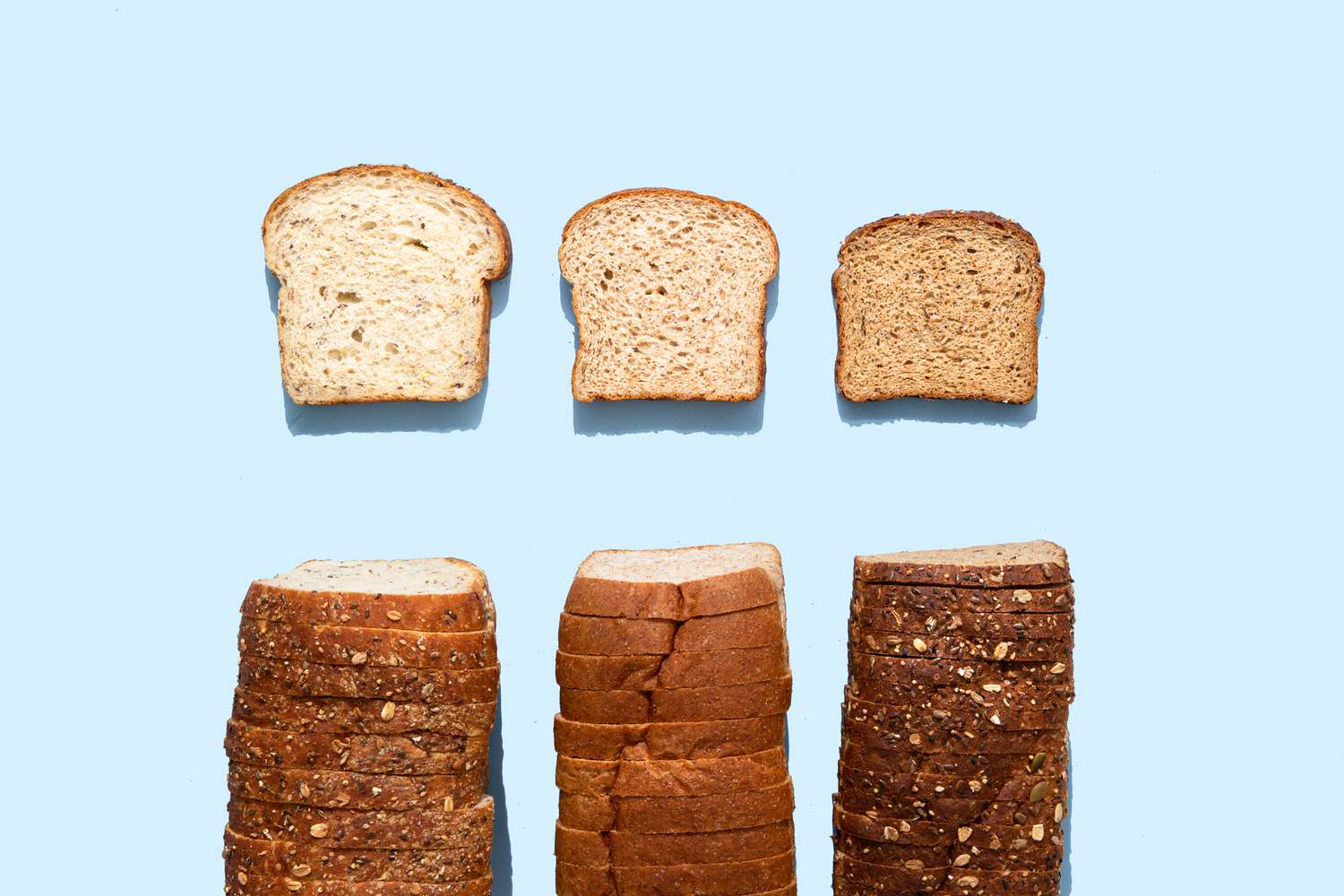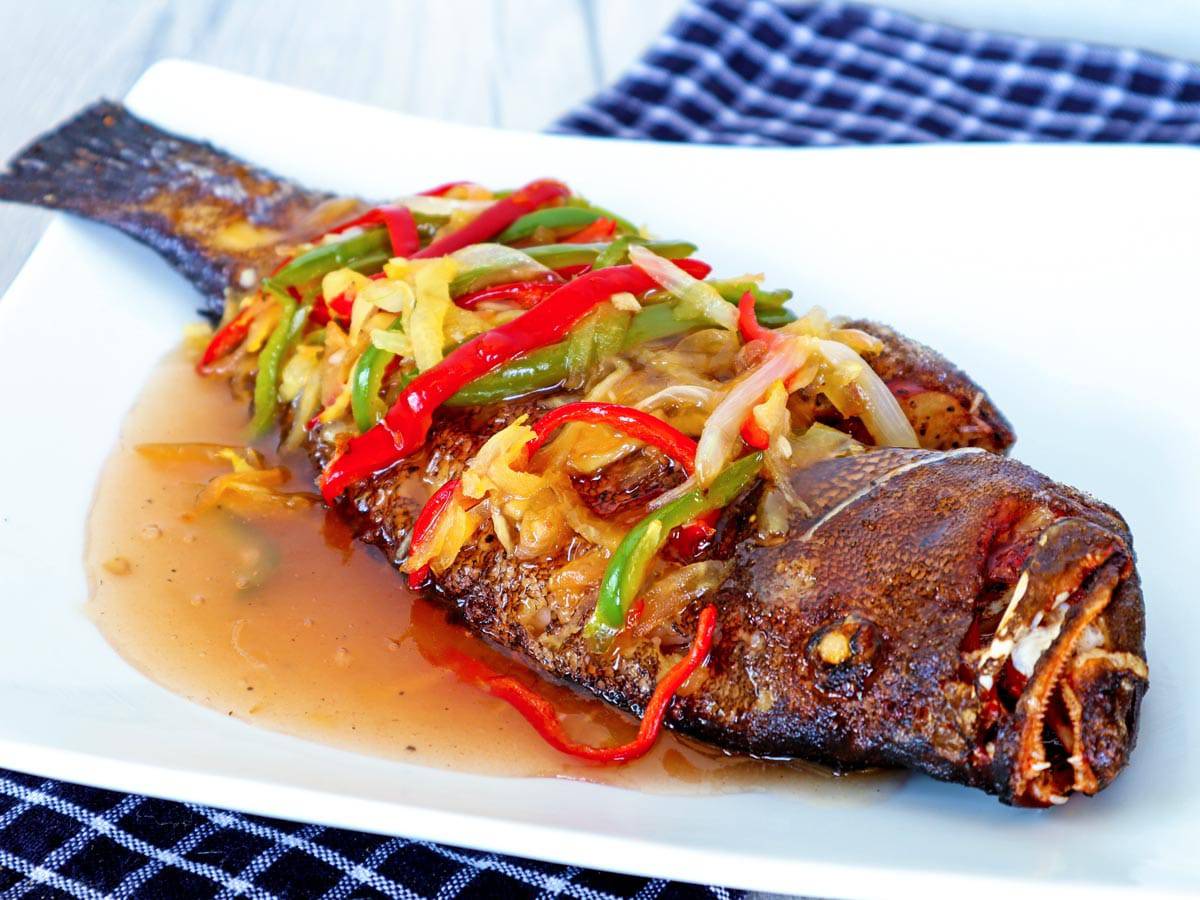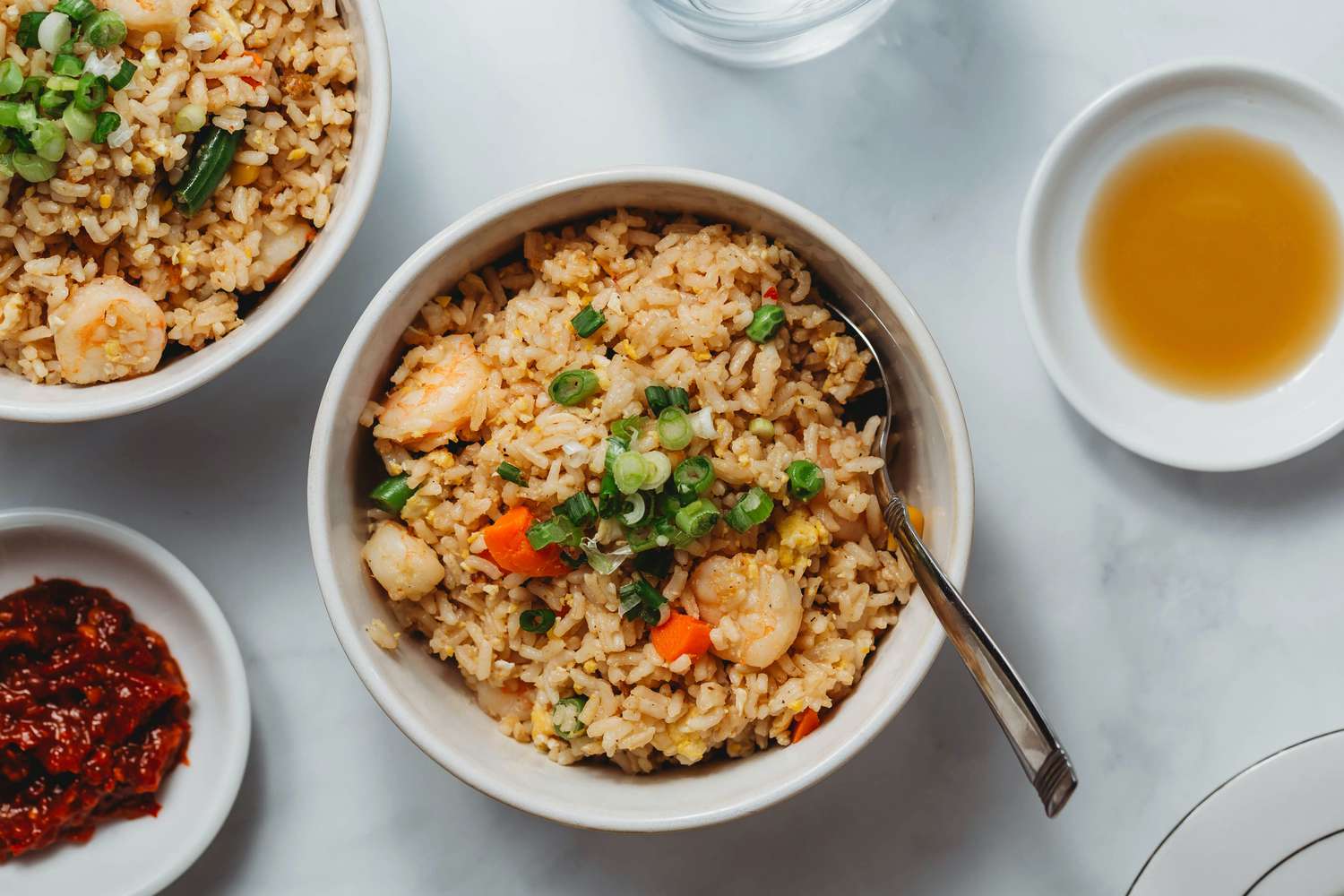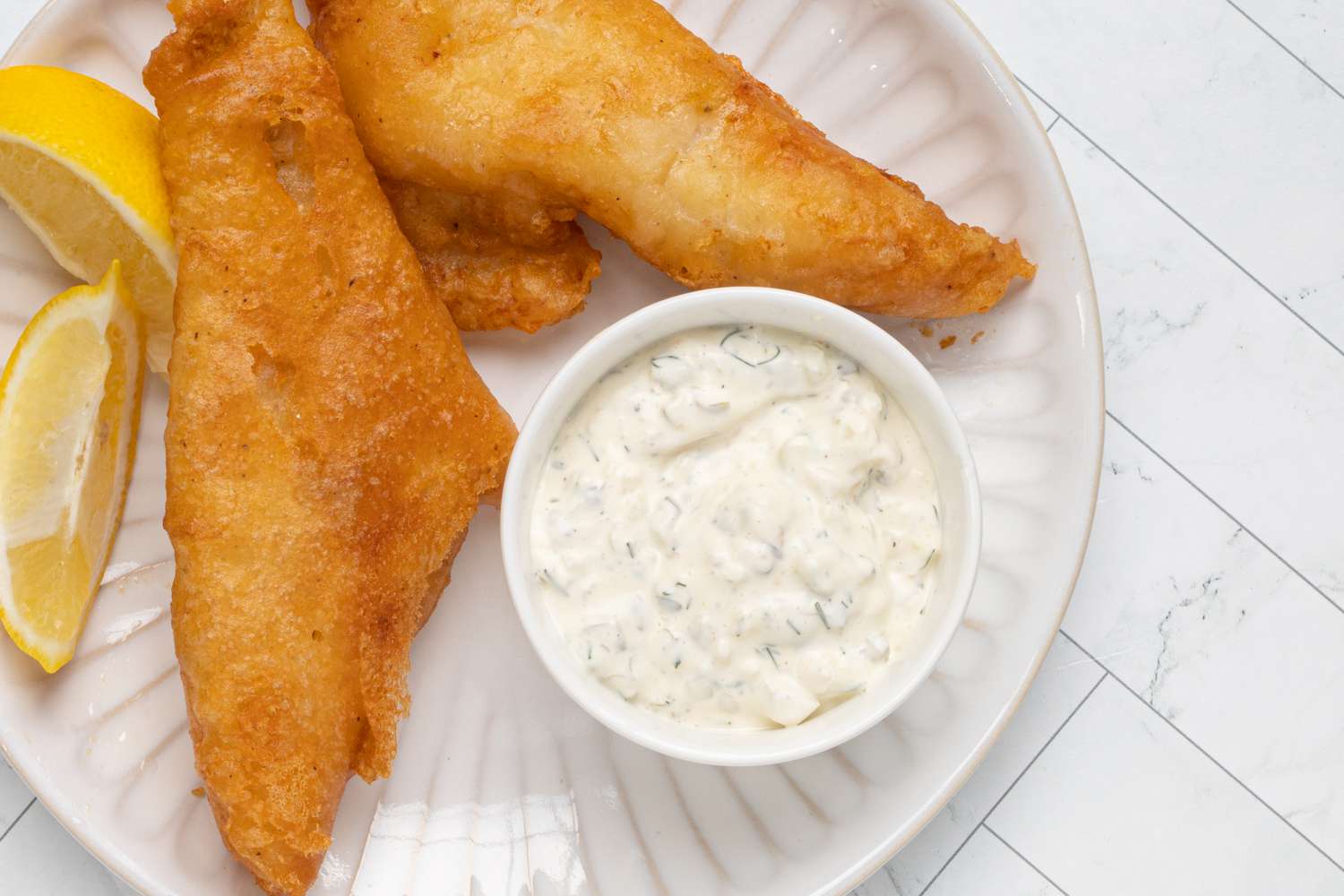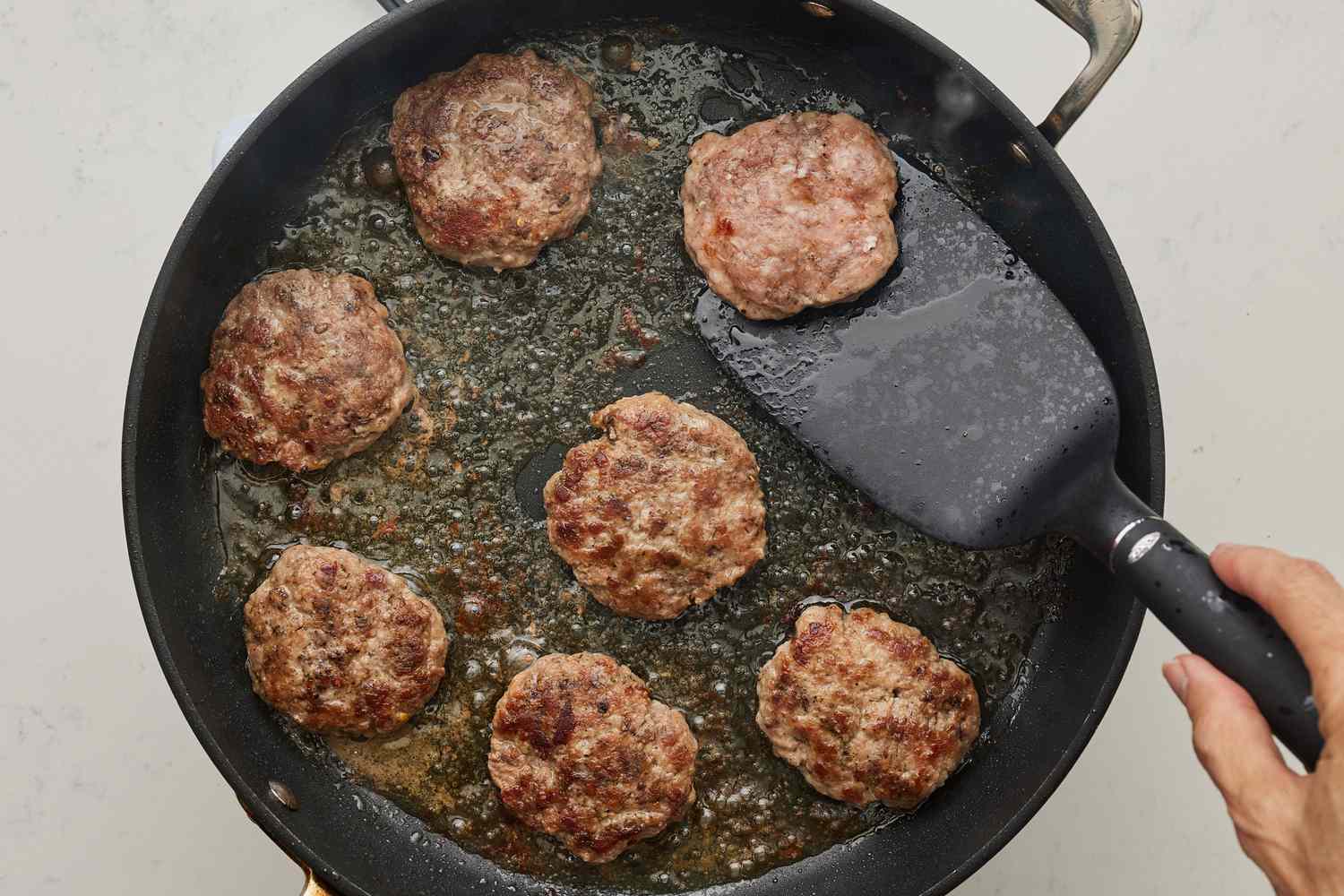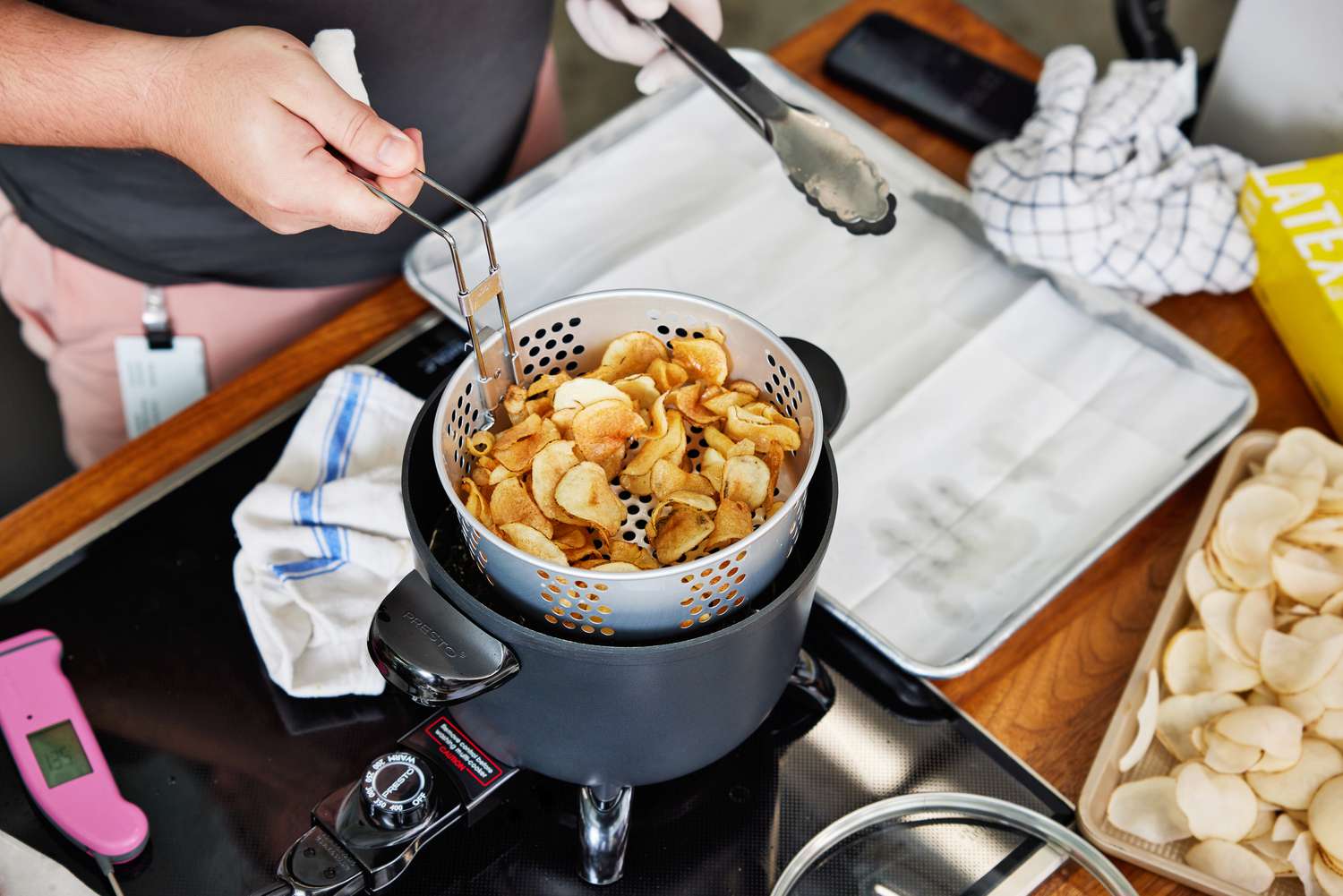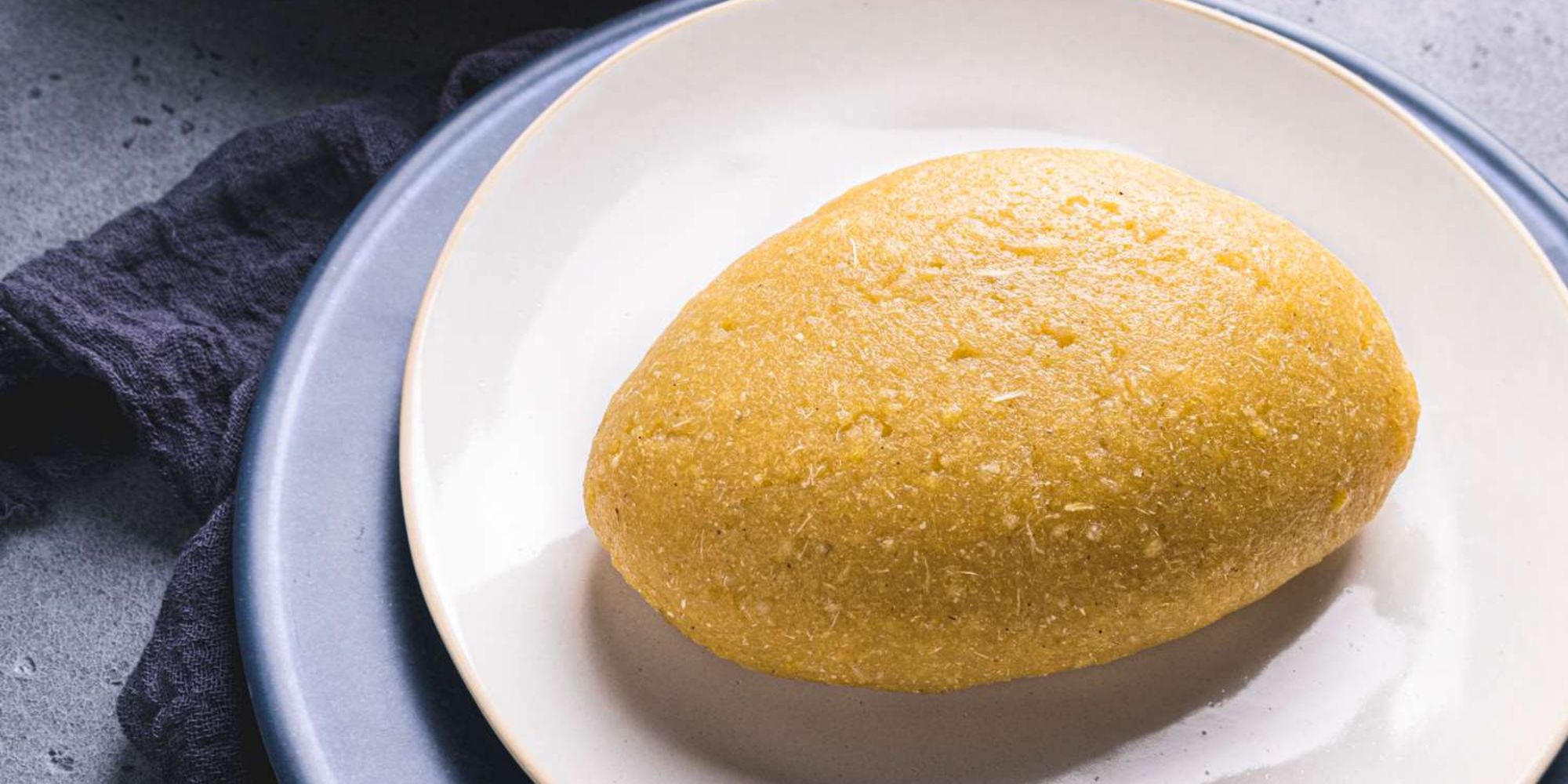The Difference Between Dough and Batter
When it comes to baking and cooking, understanding the difference between dough and batter is essential. While both are fundamental components in the culinary world, they serve different purposes and are used in distinct ways. Let’s explore the characteristics and uses of dough and batter to gain a better understanding of their differences.
Dough
Dough is a thick and malleable mixture that is typically made from flour, water, and other ingredients such as yeast, salt, and sugar. It is commonly used to make bread, pasta, and pastries. The texture of dough is elastic and can be kneaded and shaped into various forms. The key characteristic of dough is its ability to hold its shape and structure, making it ideal for creating baked goods with a defined form.
There are different types of dough, each suited for specific culinary purposes:
- Yeast Dough: This type of dough is leavened with yeast, which causes it to rise and create a light and airy texture. Yeast dough is commonly used in bread making.
- Pastry Dough: Pastry dough is rich and crumbly, often used to make pie crusts, tarts, and other delicate pastries.
- Pasta Dough: Pasta dough is rolled and cut into various shapes to make different types of pasta, such as spaghetti, fettuccine, and ravioli.
Batter
Batter, on the other hand, is a thinner and pourable mixture made from ingredients such as flour, liquid (such as milk or water), eggs, and leavening agents like baking powder or baking soda. Unlike dough, batter has a liquid consistency and does not hold its shape on its own. It is used to coat foods or as a base for cakes, pancakes, waffles, and other baked goods.
There are various types of batters, each tailored for specific culinary applications:
- Thin Batter: This type of batter has a high liquid content and is used for making crepes, thin pancakes, and tempura-fried foods.
- Thick Batter: Thick batter has a lower liquid content and is used for making muffins, quick breads, and some types of cakes.
- Pour Batter: Pour batter is thin and runny, suitable for making waffles, pancakes, and funnel cakes.
Key Differences
Now that we understand the basic characteristics of dough and batter, let’s summarize the key differences between the two:
- Consistency: Dough is thick and malleable, while batter is thin and pourable.
- Usage: Dough is used to create bread, pasta, and pastries with defined shapes, while batter is used for coating foods and making cakes, pancakes, and other baked goods.
- Ingredients: While both dough and batter contain flour and liquid, the additional ingredients and ratios vary, leading to their distinct textures and uses.
Whether you’re kneading a batch of bread dough or whisking up a pancake batter, understanding the difference between dough and batter is crucial for achieving the desired culinary results. Each plays a unique role in the world of cooking and baking, and mastering their characteristics opens up a world of delicious possibilities in the kitchen.
Was this page helpful?
Read Next: What Is A Gin And Tonic
